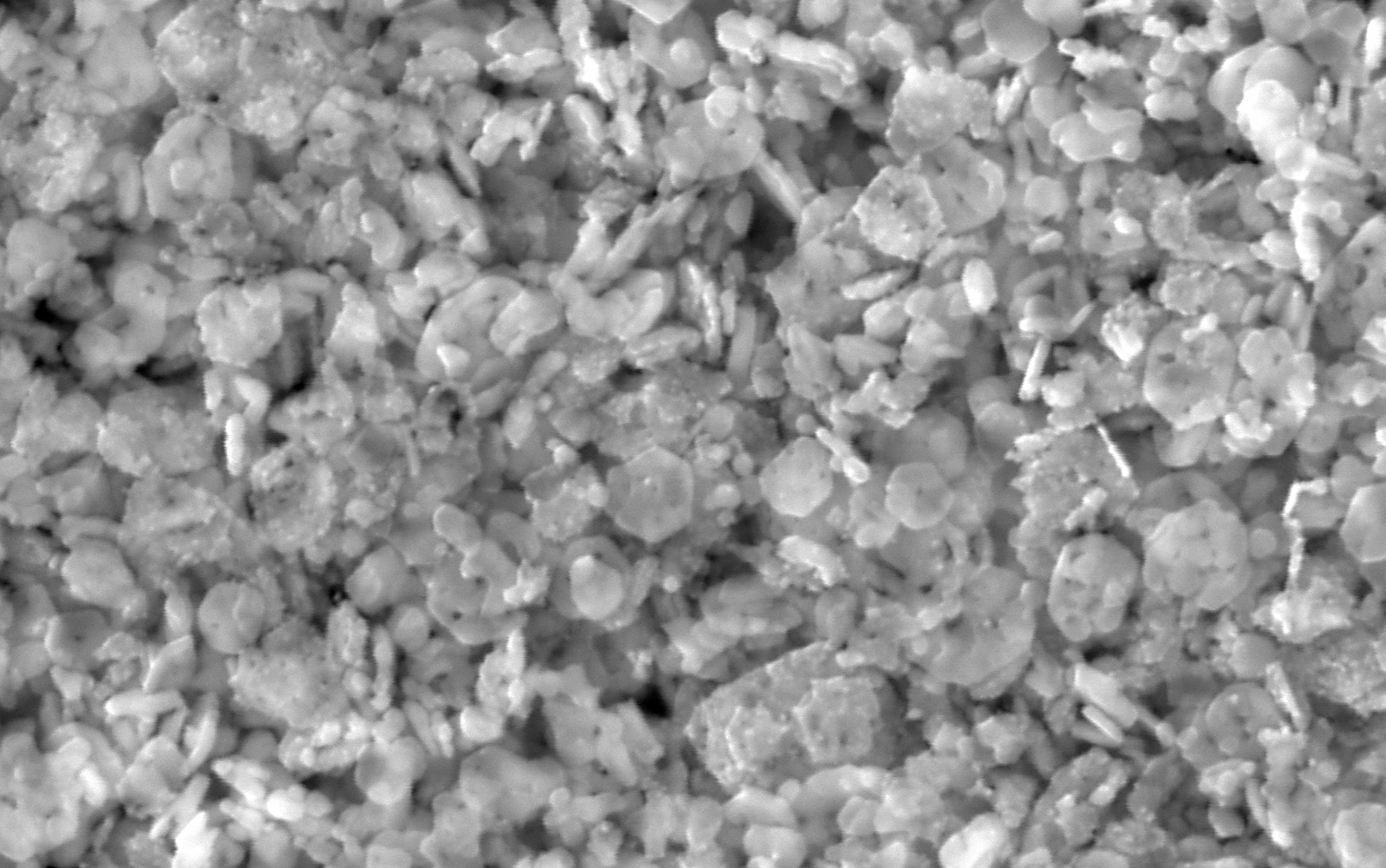New materials for new sensors
Catalytic combustion sensors, so-called pellistors, are primarily used to detect combustible gases and explosive gas mixtures. They are characterized by a simple operating principle, easy installation, and reliable calibration. However, other properties such as high operating temperatures, high power consumption, and their susceptibility to catalyst poisons limit potential applications, especially for mobile uses.
The properties of pellistors depend on the catalysts used. Fraunhofer IPM is working on the development of novel catalytic pellistor materials. The aim is to reduce the operating temperature and thus the power consumption of pellistors, to increase their selectivity towards the target gas, and to minimize their sensitivity to catalyst poisons.
Reliable measurement methods for investigating catalytic materials
The measuring principle of pellistors is based on the detection of reaction heat. The reactivity of the catalyst used towards the target gas is crucial for the accuracy of the measurement. Factors such as sensor design, active area, layer thickness, and catalyst distribution have an influence on the signal formation of a pellistor. Furthermore, the catalyst must first be integrated into the sensor using suitable printing technology.
At Fraunhofer IPM, we develop new catalysts using thermal analysis. We rely on methods such as Differential Thermal Analysis (DTA) or Dynamic Differential Calorimetry (DSC), which were developed specifically to characterize catalysts for use in pellistors.
These methods detect and compare the reaction heat of gas oxidations. This enables a quick evaluation of the catalytic activity of different materials toward combustible gases such as methane, propane, or hydrogen.
Thermal analysis allows the catalyst to be reliably characterizedin powder form in advance of sensor production, without pretreatment and without the influence of printing parameters. This allows numerous catalytic materials to be tested and an optimal preselection to be made.
With these new methods for designing new catalytic materials, Fraunhofer IPM is enabling the development of a new generation of micropellistors that can be manufactured very cost-effectively using Microelectromechanical Systems (MEMS) processes.
